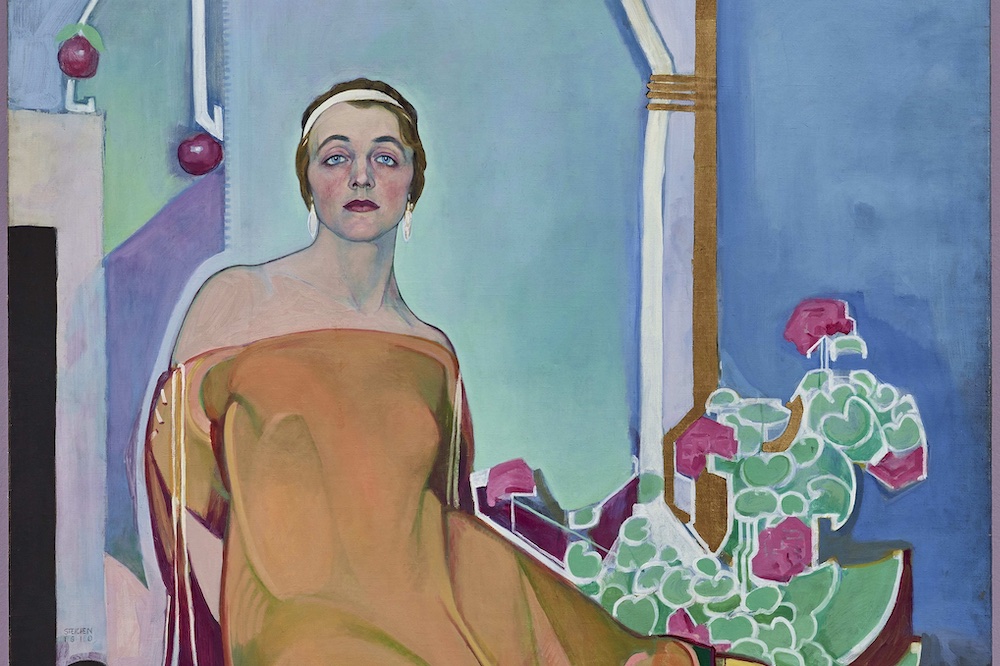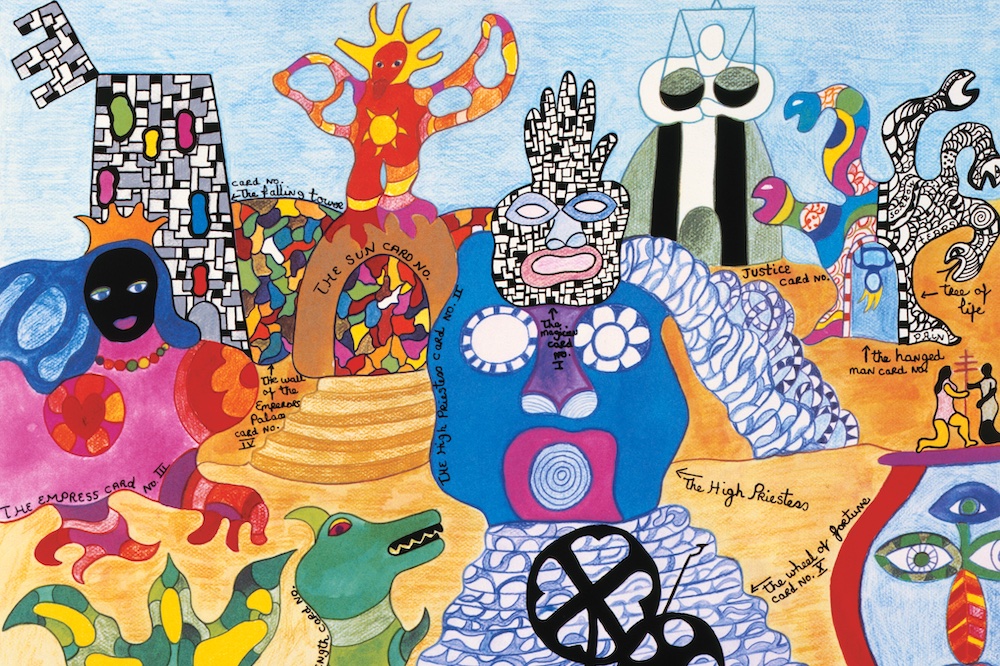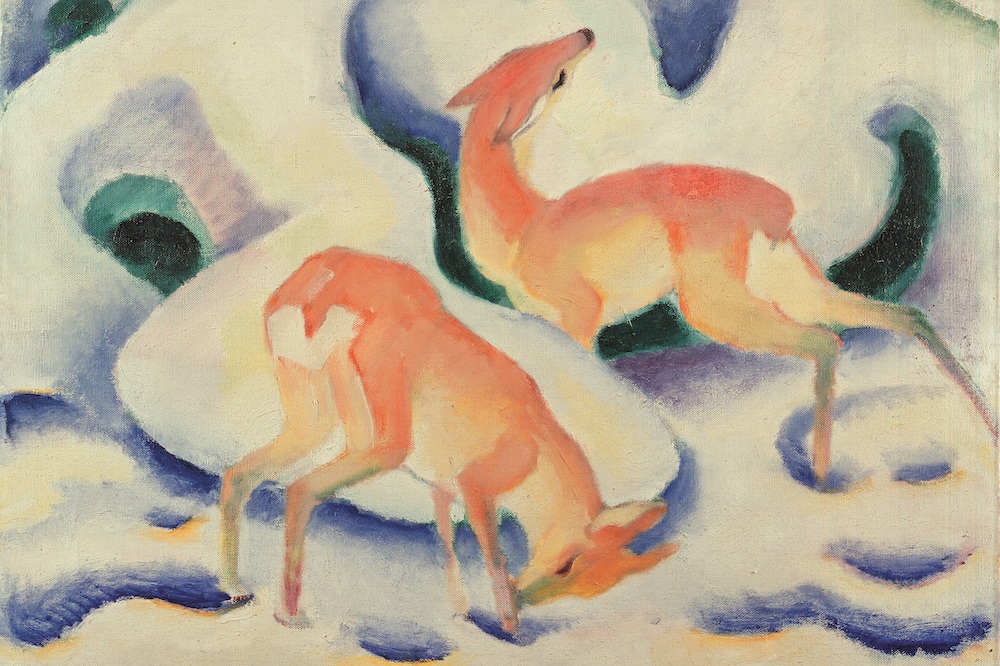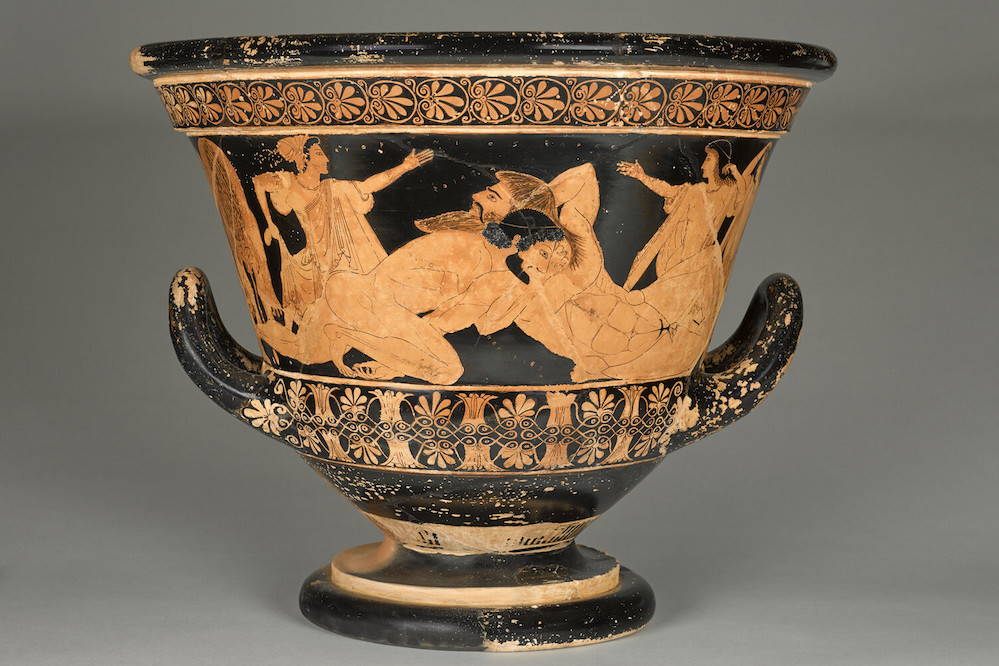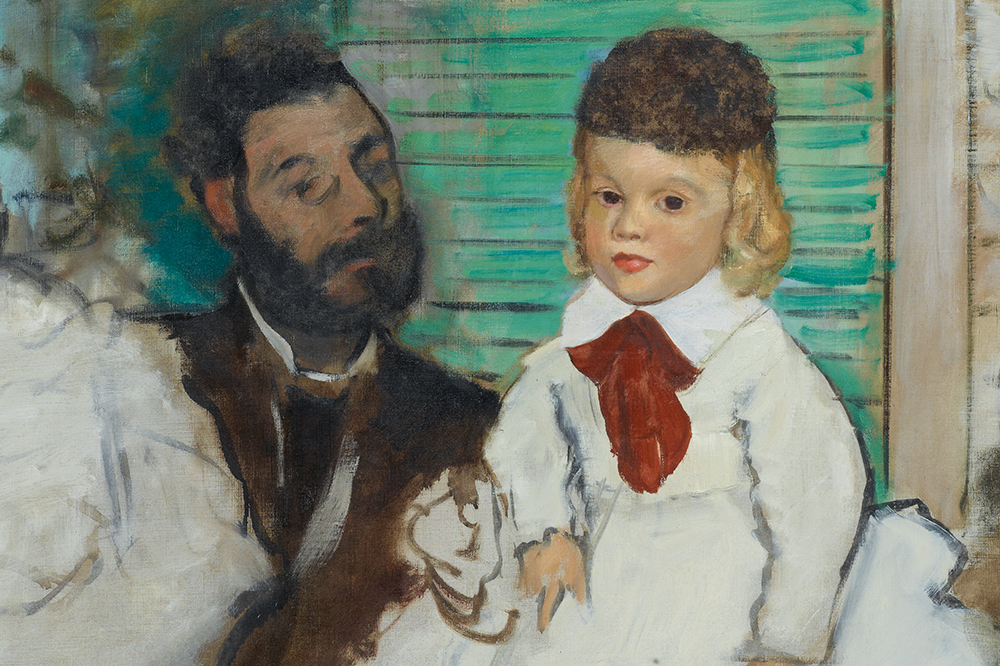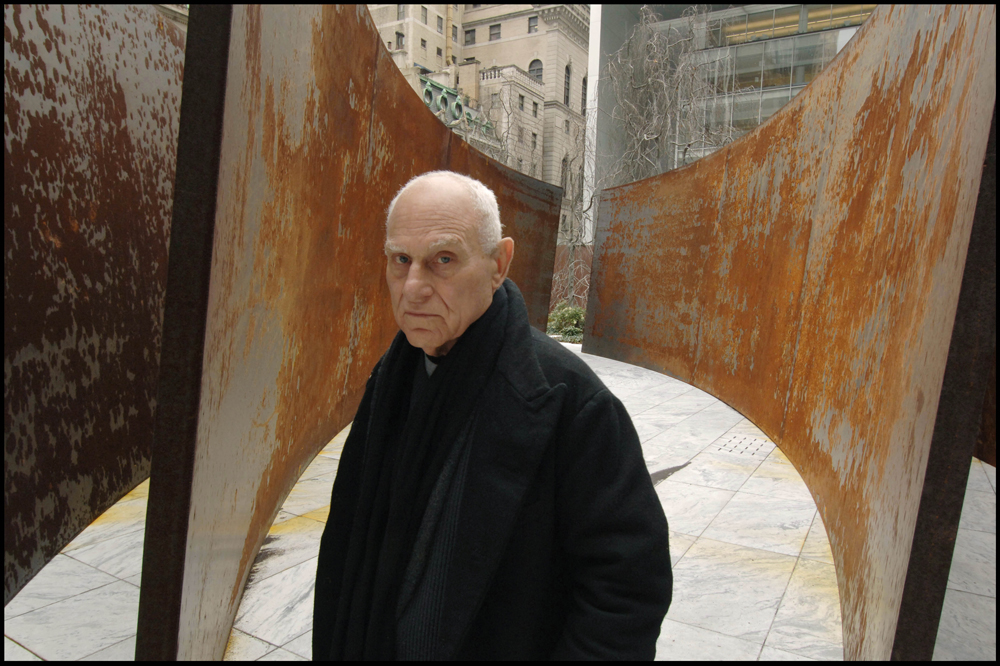Our daily round-up of news from the art world
Islamist extremist pleads guilty to destroying cultural sites in Mali | Ahmad al-Faqi al-Mahdi, the Islamic extremist on trial at the International Criminal Court in The Hague, has pleaded guilty to destroying nine holy sites and damaging a mosque in Timbuktu, Mali. This is the first-ever prosecution for the destruction of cultural property at the court. Al-Mahdi, a member of an Al-Qaeda affiliate in the region, has expressed regret for the crimes, committed in 2012, in his plea submission. The prosecutor’s office has agreed to seek a sentence of 9–11 years; the maximum for such a crime is 30.
For more about the legal implications of the case, see Philippa Malas’s piece from earlier this year.
Students protesting against cuts occupy Sydney College of the Arts | Students at the Sydney College of the Arts (SCA) have occupied the administration offices, including the office of the Dean, to protest against proposed cuts. Earlier this month, Sydney University released a draft proposal to close the SCA building at Rozelle, and move the art college into the Faculty of Arts and Sciences on the main campus from the beginning of 2017. Opponents of the scheme say that the move will put an end to studio-based studies, such as ceramics and jewellery, and will involve staff cuts of up to 60 per cent.
High-tech imaging uncovers 500-year-old Mexican manuscript | Researchers from the Bodleian Library in Oxford and from the universities of Leiden and Delft have discovered a rare Mexican codex, which has been hidden for over 500 years. Hyperspectral imaging (originally developed for the study of the stars) has revealed that the Codex Selden in the Bodleian Library, dating from about 1560, is a palimpsest covering an older work from pre-colonial times. The underlying images depict characters sitting or standing in the same direction. Similar scenes have been found on other Mixtec manuscripts.
Unlimited access from just $16 every 3 months
Subscribe to get unlimited and exclusive access to the top art stories, interviews and exhibition reviews.












![Masterpiece [Re]discovery 2022. Photo: Ben Fisher Photography, courtesy of Masterpiece London](http://www.apollo-magazine.com/wp-content/uploads/2022/07/MPL2022_4263.jpg)
